(NLDO) - A barren land in modern times was once a very fertile place, the evolutionary cradle of two different human species, one of which was very similar to us.
In the Turkana Basin of Kenya, a series of mysterious fossil footprints have been uncovered on the shores of an ancient lake, dating back 1.2 million years before modern humans like Homo sapiens walked the earth.
Geologist and anthropologist Craig Feibel from Rutgers University (USA) and colleagues analyzed the above fossils and determined that they belonged to two different species.
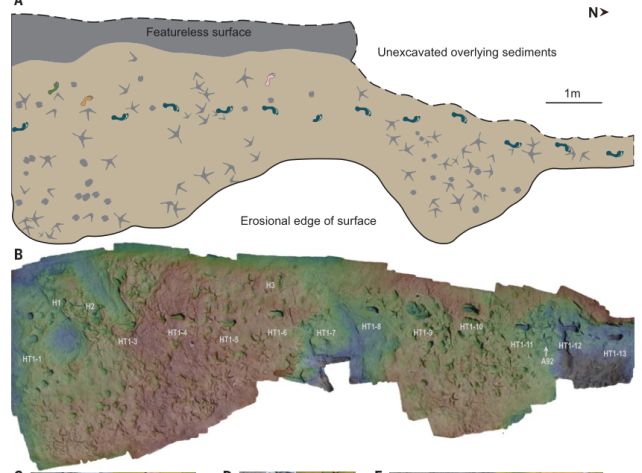
Two types of footprints belonging to two different human species imprinted in ancient mud - Photo: SCIENCE
The first species was Homo erectus, or "upright man". They may have been our ancestors because there is a well-supported hypothesis that Homo ergaster - the ancestor of Homo heidelbergensis, then Neanderthals, and Homo sapiens - branched off from this species.
The second species was Paranthropus boisei, a more primitive form of hominin.
Detailed analysis showed that the footprints were left in the wet mud by at least two individuals from two different species who passed through the area within hours of each other, seemingly peacefully, without any signs of hunting each other.
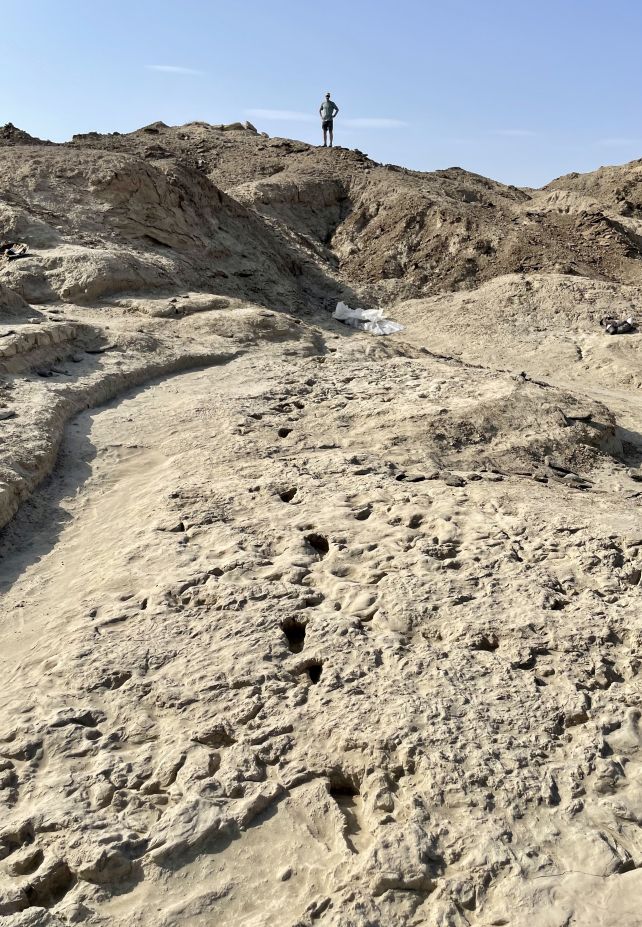
Paranthropus boisei footprints - Photo: SCIENCE
"The presence of footprints on the same surface, occurring close together in time, places the two species at the edge of the lake, using the same habitat," Dr Feibel explained.
It is not impossible for two species of humans to coexist peacefully. Homo sapiens lived and even interbred with both Neanderthals and Denisovans, leaving behind many alien genes in our DNA.
But Homo erectus and Paranthropus boisei were so far apart in terms of evolution, and their lifestyles were so different, that it is possible that peaceful coexistence in ancient Kenya was simply a matter of non-competition between the two communities.
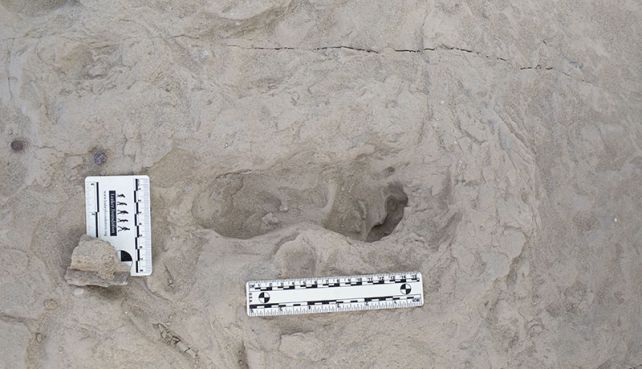
Homo erectus footprints - Photo: SCIENCE
These new footprints, along with many fainter footprints previously discovered, belong to a cluster of sites called Koobi Fora, which may have been an ancient swamp.
The footprints were preserved under layers of sediment and hardened as the region's climate gradually dried out over the past 1.5 million years.
According to the researchers, this type of data is very valuable, and the next steps of analyzing it more specifically promise to help us understand more thoroughly about the land that may have been very fertile, providing the conditions for evolution of many human species.
With footprints, we can see how the individuals who left them lived, moved around their particular environment, and how they interacted with each other and with other animals.
“That's something we can't really tell from bones or stone tools,” said Dr. Feibel.
Preliminary research has just been published in the journal Science.
Source: https://nld.com.vn/vuon-dia-dang-15-trieu-tuoi-noi-2-loai-nguoi-cung-chung-song-196241201105111931.htm


![[Photo] A brief moment of rest for the rescue force of the Vietnam People's Army](https://vstatic.vietnam.vn/vietnam/resource/IMAGE/2025/4/3/a2c91fa05dc04293a4b64cfd27ed4dbe)
![[Photo] Prime Minister Pham Minh Chinh chairs meeting after US announces reciprocal tariffs](https://vstatic.vietnam.vn/vietnam/resource/IMAGE/2025/4/3/ee90a2786c0a45d7868de039cef4a712)
![[Photo] Ho Chi Minh City speeds up sidewalk repair work before April 30 holiday](https://vstatic.vietnam.vn/vietnam/resource/IMAGE/2025/4/3/17f78833a36f4ba5a9bae215703da710)
![[Photo] General Secretary To Lam receives Japanese Ambassador to Vietnam Ito Naoki](https://vstatic.vietnam.vn/vietnam/resource/IMAGE/2025/4/3/3a5d233bc09d4928ac9bfed97674be98)
![[Photo] Prime Minister Pham Minh Chinh chairs the first meeting of the Steering Committee on Regional and International Financial Centers](https://vstatic.vietnam.vn/vietnam/resource/IMAGE/2025/4/3/47dc687989d4479d95a1dce4466edd32)

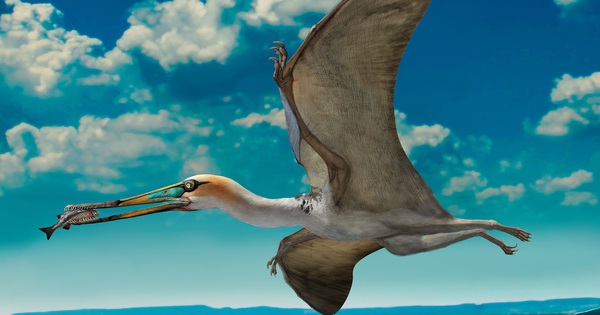
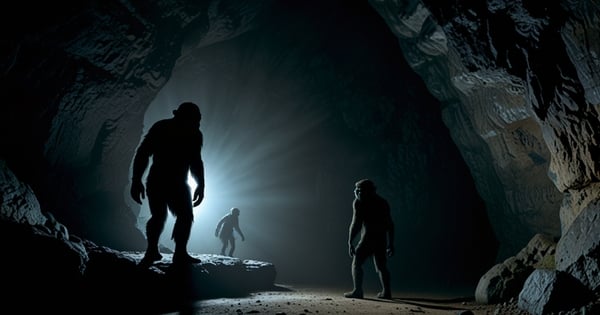
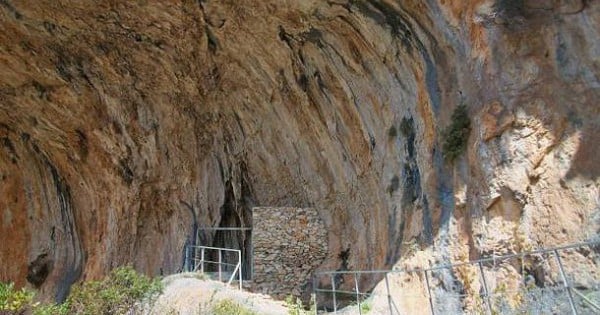
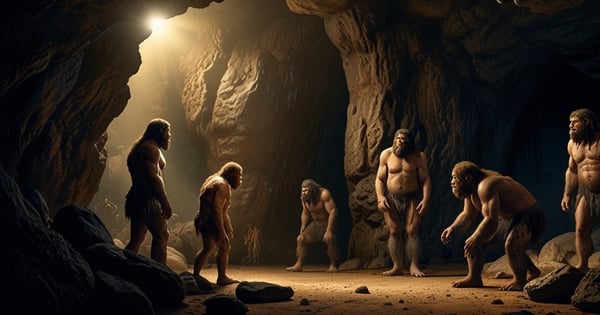
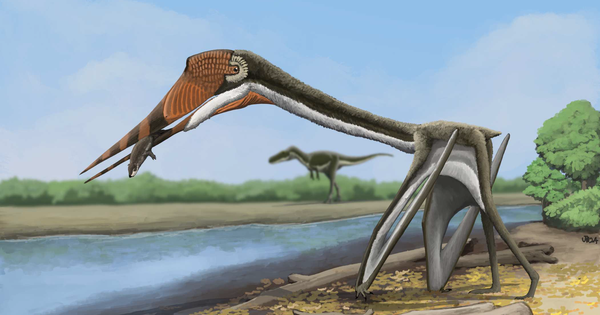
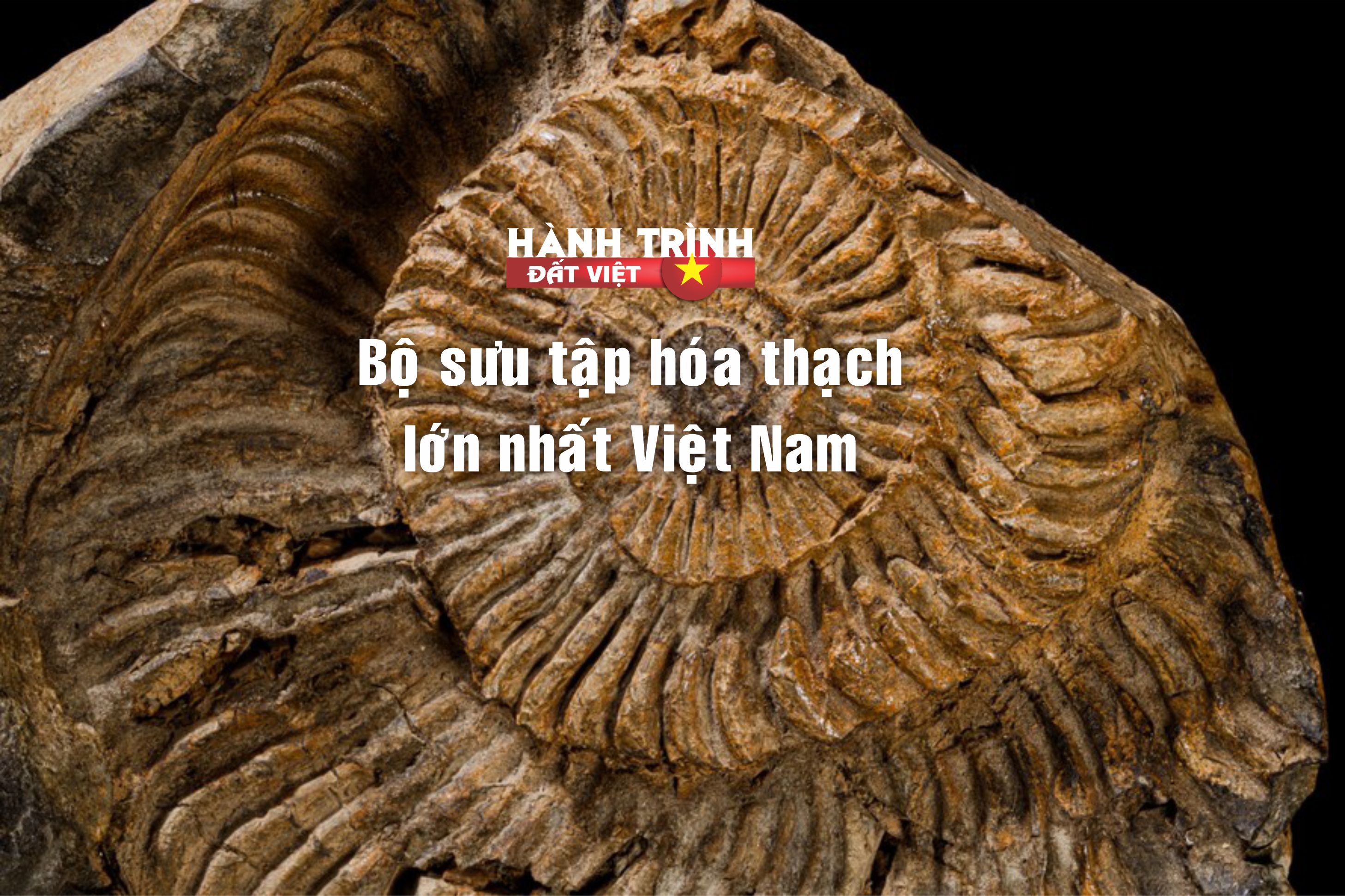

![[Video] Eliminate the "can't do it, ban it" mindset in science](https://vstatic.vietnam.vn/vietnam/resource/IMAGE/2025/4/3/1122c1ea9e244ddab1331a0597c60638)



















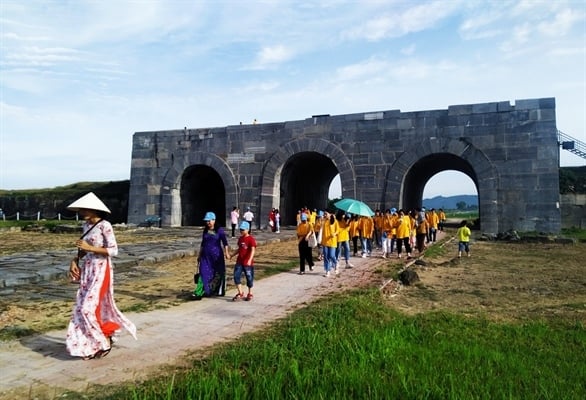













































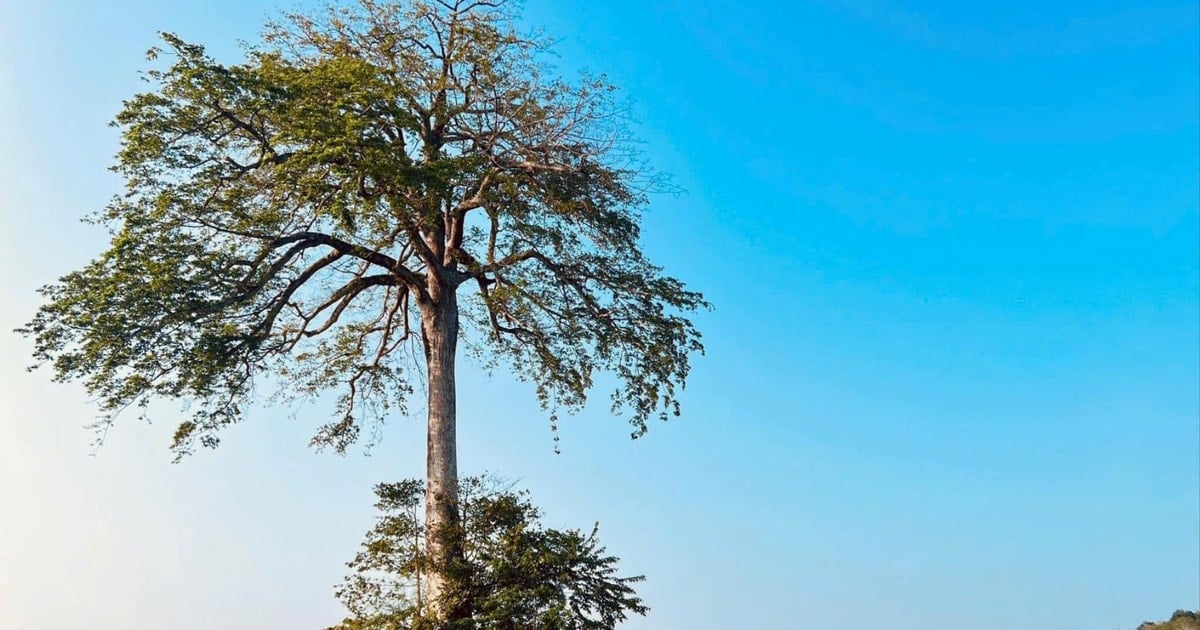















Comment (0)